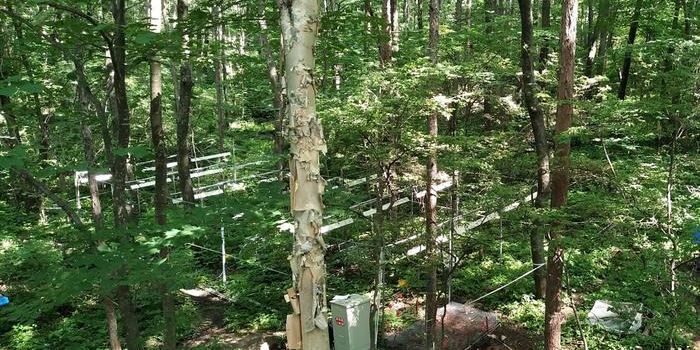Rethinking how we predict earthquakes
Last September Indonesia’s Palu region was struck by a 7.5 magnitude earthquake that resulted in over 2,000 deaths. In the aftereffects of the quake, landslides and a tsunami exacerbated the already devastated area. But though the geologic event was a natural disaster from all humanitarian perspectives, new research suggests that the earthquake wasn’t just any normal quake – and what scientists are learning from it could change the entire way we predict future earthquakes.
To understand the significance of the quake that hit the Indonesia island of Sulawesi, you have to know that an earthquake is caused by the friction of rocks on both sides of a tectonic plate shifting abruptly in opposing directions. When this happens, there are two kinds of seismic waves that are produced: “S” waves and “P” waves. S waves work to shear rocks and move at roughly 3.5 kilometers per second while P waves compress rocks and move at approximately 5 km/s. Earthquakes that produce P waves are much rarer and generate much stronger shaking.
What is interesting about the quake that hit Sulawesi is that it produced waves that moved at a speed between the rate of normal S and P waves. Jean-Paul Ampuero, the seismologist at IRD and Université Côte d'Azur who lead the international research collaborative, commented that the 4.1 km/s propagation speed of the quake was “the first time we observe this speed so steadily.” Furthermore, the waves stayed at that speed along a 150 kilometer stretch where major obstacles that should have slowed it down.
For all those non-geologist experts out there, you may be wondering about the significance of this finding. So what, the earthquake moved at a different speed, why does that matter? Well, it turns out that it speaks a lot about our assumptions regarding how seismic waves propagate – which in turn plays a role in how we predict earthquakes. Ampuero explains:
"In classical earthquake models, faults live in idealized intact rocks. But real faults are wrapped in a layer of rocks that have been fractured and softened by previous earthquakes. Steady rupture at speeds that are unexpected on intact rocks can actually happen on damaged rocks, simply because they have slower seismic wave speeds."
In the end, it comes down to one main takeaway point: the impact of an earthquake depends greatly on its speed, so better understanding how to predict seismic wave speeds will help us better anticipate earthquakes and their consequences.
Sources: Science Daily, Nature Geoscience








